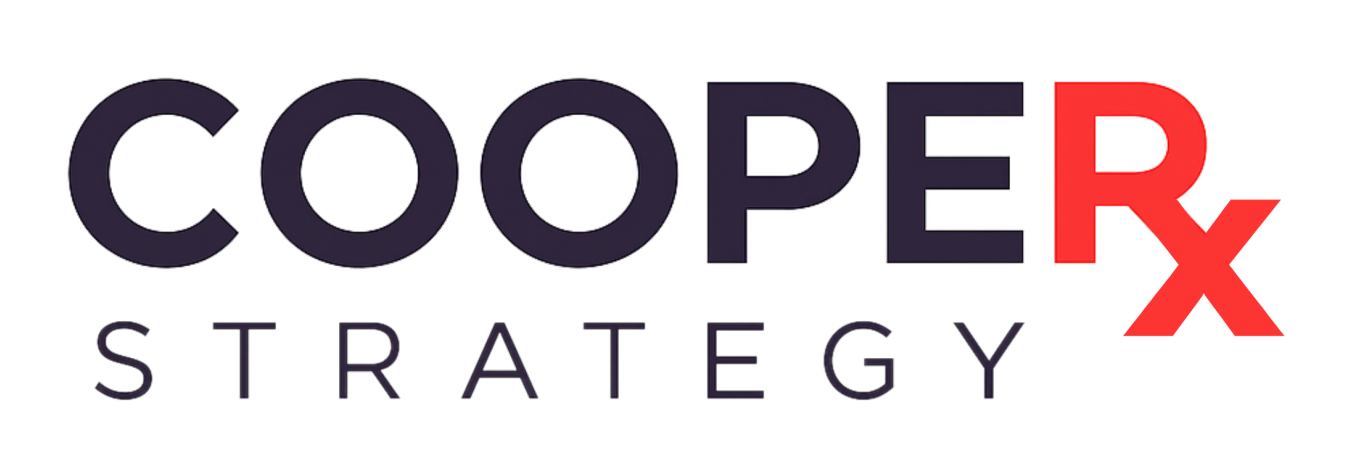
Some people may wonder exactly what is a 340b hospital? We’re here to answer that question, and a lot more. A 340B hospital is a hospital that qualifies as a “covered entity” under the federal 340B Drug Pricing Program. The program allows eligible hospitals to purchase outpatient drugs at discounted prices and reinvest the savings into patient care—expanding access, offsetting uncompensated care, and funding services that are otherwise hard to sustain. Participation is not automatic; hospitals must meet specific eligibility criteria and maintain strict compliance to stay in the program.
Eligibility Pathways
Hospitals qualify through one of several categories, each with its own criteria:
- Disproportionate Share Hospitals (DSH) meeting minimum DSH adjustment percentages
- Critical Access Hospitals (CAHs) serving rural communities with limited alternatives
- Sole Community Hospitals (SCHs) and Rural Referral Centers (RRCs)
- Freestanding Children’s Hospitals and Cancer Hospitals
Each category targets safety-net providers that serve high-need populations or unique community roles.
The 340B Hospital Program in Practice
The 340b hospital program focuses on outpatient drugs. Hospitals purchase eligible medications at discounted “ceiling” prices and dispense them to eligible patients through in-house or contract pharmacies. Savings can support broad mission goals—from medication assistance and care coordination to specialty clinics and community partnerships.
Governance and Oversight
Hospitals must:
- Register with HRSA as a covered entity and maintain accurate records (consider HRSA 340b audits)
- Complete annual recertification
- Keep auditable policies addressing patient definition, site eligibility, and contract pharmacy arrangements
- Guard against duplicate discounts and diversion
340B Hospital Requirements
Participating hospitals must meet and continuously uphold 340b hospital requirements, including:
- Eligibility & Registration
- Maintain qualifying hospital type/designation and DSH thresholds (where applicable)
- Register on time and recertify annually; update changes promptly
- Maintain qualifying hospital type/designation and DSH thresholds (where applicable)
- Eligible Patient Definition
- Dispense only to patients with a valid clinical relationship per policy
- Ensure provider linkage and proper documentation in the medical record
- Dispense only to patients with a valid clinical relationship per policy
- Eligible Locations (Child Sites)
- Only dispense through registered locations appearing on the OPAIS database
- Align billing/Medicare Cost Report lines to clinic status
- Only dispense through registered locations appearing on the OPAIS database
- Prevention of Duplicate Discounts
- Coordinate with state Medicaid programs
- Correctly flag Medicaid carve-in/carve-out status at claim level
- Coordinate with state Medicaid programs
- Prevention of Diversion
- Ensure drugs are used only for eligible outpatients of the covered entity
- Apply robust split-billing and accumulator logic to prevent leakage
- Ensure drugs are used only for eligible outpatients of the covered entity
- Contract Pharmacy Compliance
- Written agreements, clear roles, data security, and inventory integrity
- Routine self-audits and corrective action tracking
- Written agreements, clear roles, data security, and inventory integrity
- Audit Readiness
- Maintain retrievable records, sample trails, and policy-version control
- Conduct risk-based internal audits with documented remediation
- Maintain retrievable records, sample trails, and policy-version control
- Transparency & Stewardship
- Demonstrate how savings support access and community benefit
- Align reinvestment with strategic priorities and equity goals
- Demonstrate how savings support access and community benefit
Operational Building Blocks
- Technology: A reliable split-billing/TPA solution, EHR integration, eligibility engines, and robust reporting
- People: Pharmacy leadership, compliance officers, revenue cycle, legal counsel, and data analysts
- Processes: Standard operating procedures (SOPs), staff training, exception handling, and continuous QI loops
Common Pitfalls—and How to Avoid Them
- Weak patient definition: Tighten provider/patient attribution and chart documentation.
- Unregistered child sites: Cross-walk service lines to Cost Report; ensure OPAIS alignment before go-live.
- Medicaid mismatch: Keep carve-in/out lists current; ensure claim-level identifiers are consistent.
- Contract pharmacy sprawl: Right-size networks; monitor inventory integrity and reconciliation timeliness.
- Infrequent self-audits: Schedule recurring reviews; track findings through corrective action plans.
Measuring Impact
Look beyond financials. Track:
- Medication adherence and persistence
- Chronic disease control (A1C, BP, LDL)
- ED visits and readmissions
- Access indicators (new patients, visit wait times)
- Equity measures (language access, transportation assistance)
FAQs About What is a 340B Hospital
How does a hospital become 340B-eligible?
Hospitals qualify through specific categories—such as DSH, CAH, SCH, RRC, children’s, or cancer hospitals—each with defined criteria tied to safety-net roles. After confirming eligibility, the organization registers with HRSA, adds qualified outpatient sites, and completes annual recertification. Success depends on operational readiness: integrating EHR and split-billing vendors, defining a defensible patient relationship standard, aligning child sites with the Medicare Cost Report and OPAIS, and building controls for duplicate discounts and diversion. Many leaders conduct a gap assessment first, address policy and data issues, and launch with a measured scope to validate workflows before expanding across clinics and pharmacies.
What are the biggest compliance risks for 340B hospitals?
Diversion and duplicate discounts top the list. Diversion occurs when drugs are dispensed to ineligible patients or from unregistered locations, often due to weak attribution logic or poor documentation. Duplicate discounts arise when both a 340B price and a Medicaid rebate apply to the same claim, typically from misaligned carve-in/out indicators or inconsistent claim markers. Contract pharmacies add complexity around inventory integrity and data timeliness. Mitigation requires clear policies, role-based training, reliable split-billing systems, and regular self-audits with documented corrective actions. Strong governance—board oversight and executive sponsorship—helps ensure compliance becomes a culture, not a one-time project.
Can 340B savings support non-pharmacy services?
Yes. While discounts apply to outpatient drugs, realized savings can be reinvested to advance mission priorities across the continuum. Many hospitals fund care coordination, patient navigation, social needs interventions, specialty clinics, infusion services, and financial assistance programs. The key is stewardship: aligning investments with community health needs, tracking outcome metrics, and communicating transparently with boards and stakeholders. When paired with solid compliance and analytics, reinvestment can improve adherence, reduce avoidable utilization, and expand access to high-cost therapies. This broader impact is central to the program’s intent—stretching scarce resources to serve more patients, more effectively, across the community.
What’s the role of technology in 340B success?
Technology underpins eligibility determination, accumulator logic, and audit trails. Effective EHR/TPA integration ensures that provider attribution, visit documentation, and prescription data flow consistently to split-billing engines. Accurate Medicaid markers prevent duplicate discounts, while near-real-time data exchange with contract pharmacies supports inventory integrity and reconciliation. Dashboards and exception workflows help teams detect anomalies early and track corrective actions. Over time, analytics inform optimization—prioritizing high-value sites, closing data gaps, and demonstrating how savings fuel patient-centered outcomes. In short, technology is not just an enabler; it’s the backbone of scalable, defensible 340B operations.
How should hospitals report on 340B impact?
A credible report blends financial transparency with patient-centered results. Start by outlining governance, compliance safeguards, and use-of-funds principles. Then quantify how savings translate into access—medication assistance provided, patients reached, visit growth, and expansion of key services like infusion or oncology support. Pair those metrics with outcomes such as adherence rates, chronic disease control, avoided ED visits or readmissions, and equity measures (e.g., language access, transportation support). Close with real-world narratives that illustrate patient and community benefit. Publishing an annual summary to boards and stakeholders builds trust, strengthens stewardship, and positions the program as a strategic asset.
